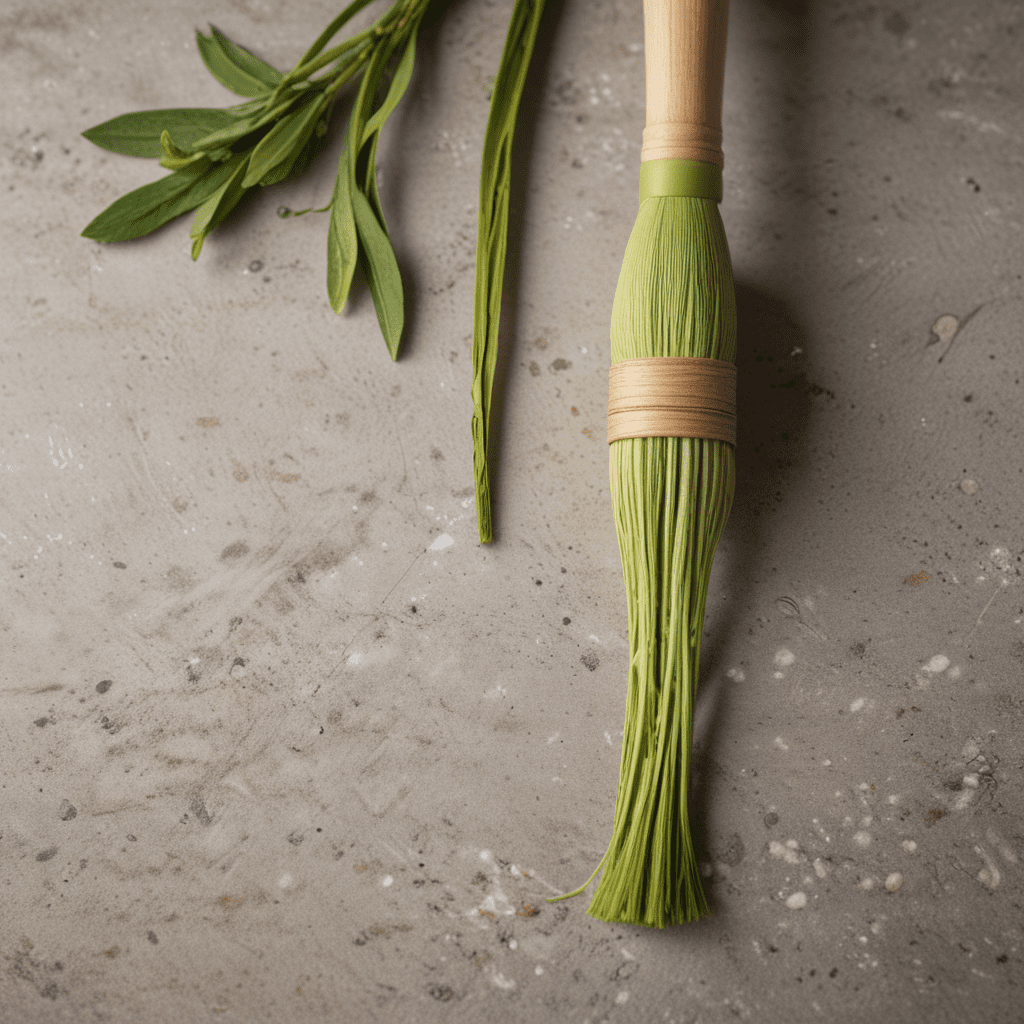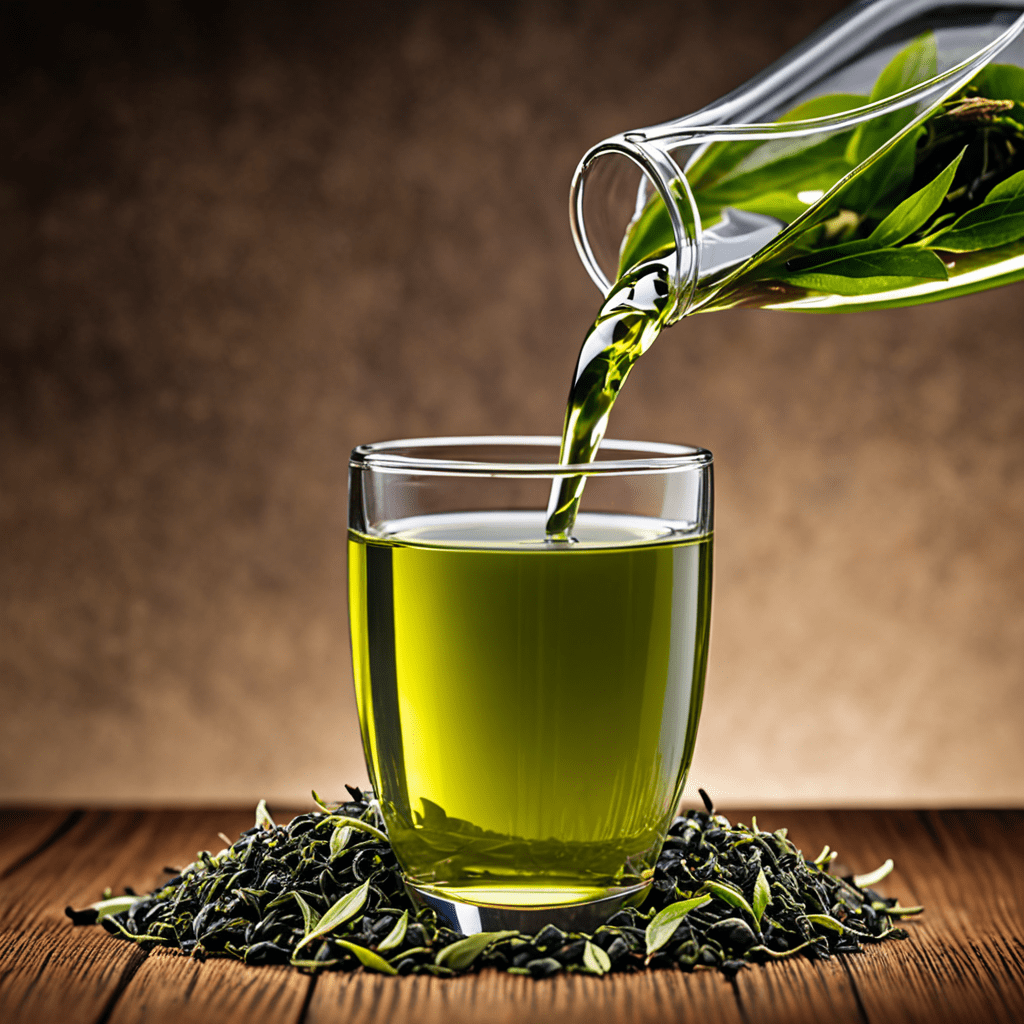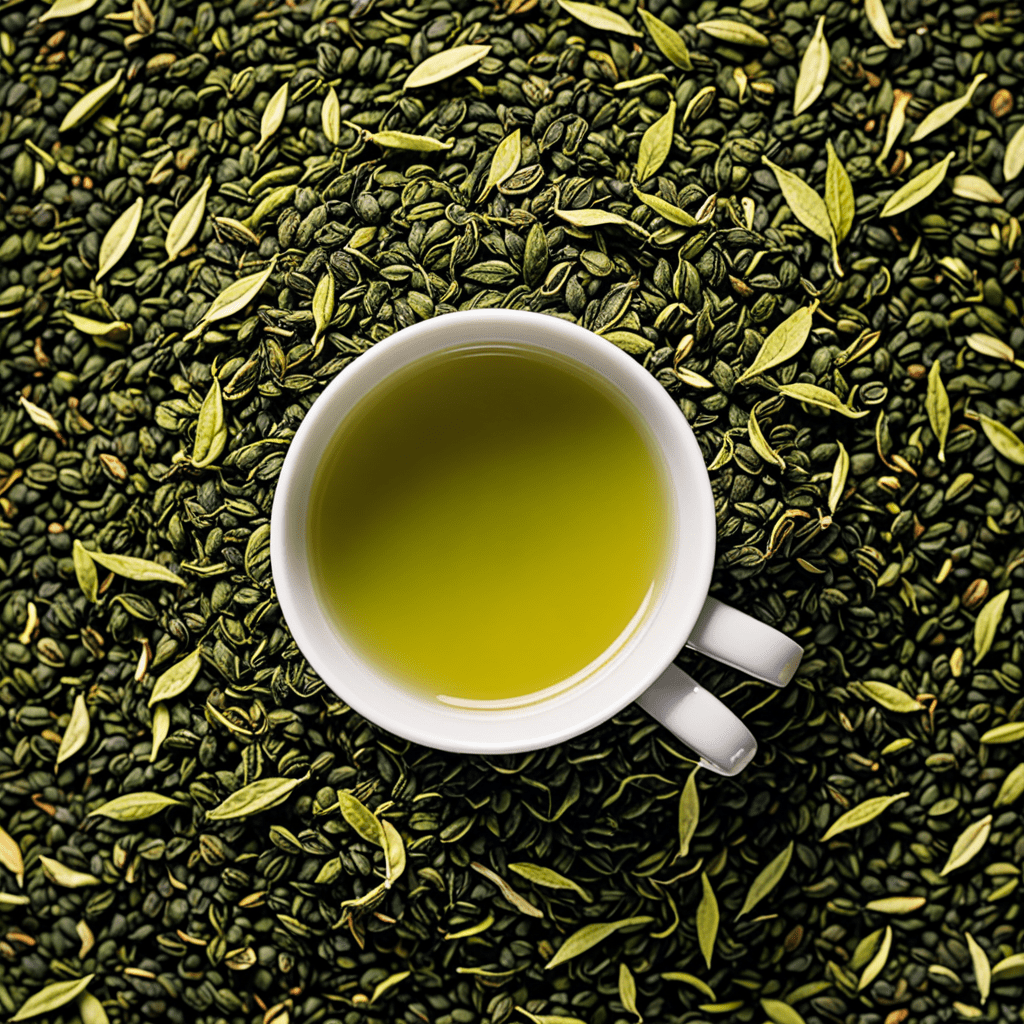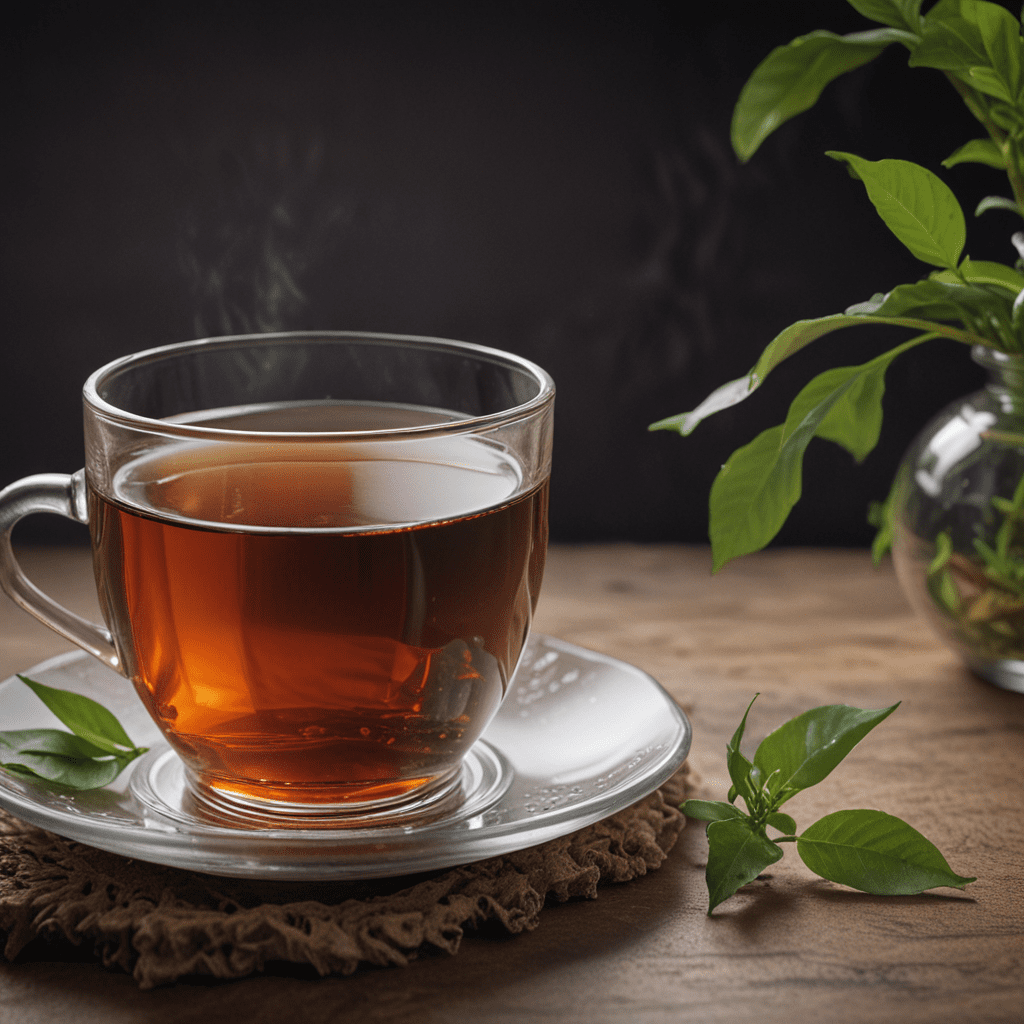Matcha Whisks: A Must-Have Tool for Tea Enthusiasts
Introduction to Matcha Whisks
Matcha is a finely ground green tea powder that has gained immense popularity for its vibrant color, rich flavor, and numerous health benefits. To fully appreciate the unique qualities of matcha, a specialized tool called a matcha whisk is essential. This indispensable instrument empowers tea enthusiasts to effortlessly transform matcha powder into a smooth and frothy beverage, unlocking its full potential.
Importance of Whisking Matcha
Whisking matcha is not merely an aesthetic touch; it serves a crucial purpose in extracting the tea's exquisite flavors and creating a harmonious blend. The vigorous agitation of the whisk breaks down matcha clumps, ensuring an even distribution throughout the water. This process also incorporates air into the mixture, resulting in a characteristic frothy layer known as "umami." Without proper whisking, matcha can become lumpy and bitter, diminishing its sensory experience.
Types of Matcha Whisks
The world of matcha whisks offers a diverse range of options to suit individual preferences and brewing styles. Each type possesses unique characteristics that cater to different whisking techniques and tea preparations.
Bamboo Whisks
Crafted from natural bamboo, these traditional whisks embody the authentic Japanese tea ceremony experience. The delicate tines of bamboo whisks gently aerate matcha, producing a fine foam that enhances the tea's delicate flavors. Their flexible construction allows for precise control over the whisking motion, making them ideal for both beginners and experienced tea enthusiasts.
Benefits of Using a Matcha Whisk
Beyond its aesthetic appeal, using a matcha whisk offers a multitude of practical advantages. The vigorous whisking motion not only froths the tea but also:
- Enhances Flavor Extraction: The fine tines of the whisk thoroughly break down matcha clumps, releasing the tea's full range of flavors and aromas.
- Prevents Sedimentation: Whisking keeps the matcha particles suspended in the water, preventing them from settling at the bottom of the cup and ensuring a consistent taste throughout.
- Reduces Bitterness: Over-whisking can lead to bitterness, but using a matcha whisk allows for precise control over the duration and intensity of whisking, resulting in a balanced flavor profile.
Maintaining a Matcha Whisk
To ensure the longevity and effectiveness of your matcha whisk, proper maintenance is crucial:
- Rinse Thoroughly: After each use, rinse the whisk gently with warm water to remove any residual matcha particles. Avoid using harsh detergents or scrubbing, as this can damage the delicate tines.
- Dry Completely: Allow the whisk to air dry completely before storing it. Excess moisture can cause mold or mildew to grow, compromising the whisk's integrity.
- Store Properly: Keep your matcha whisk in a dry and well-ventilated place. Avoid storing it in direct sunlight or near heat sources, as this can weaken the bamboo or nylon bristles.
Advanced Techniques for Whisking Matcha
For those seeking to elevate their matcha whisking skills, several advanced techniques can further enhance the tea's flavor and texture:
- The Circular Motion: Gently rotate the whisk in a circular pattern, ensuring that all areas of the matcha are reached. This motion helps dissolve any remaining clumps and creates a smooth and even froth.
- The Zigzag Motion: Move the whisk in a zigzag pattern across the surface of the matcha. This technique aerates the tea more effectively, producing a thicker and more voluminous froth.
- The Figure-Eight Motion: Similar to the zigzag motion, the figure-eight motion involves moving the whisk in a figure-eight pattern. This technique is particularly effective for creating a delicate and stable froth.
Troubleshooting Common Whisking Issues
If you encounter difficulties while whisking matcha, there are a few common issues that can be easily addressed:
- Lumpy Tea: If the matcha remains lumpy despite whisking, try using a finer mesh sieve to dissolve the clumps before whisking.
- Bitter Tea: Over-whisking can lead to bitterness. Reduce the duration or intensity of whisking to achieve a balanced flavor.
- Weak Froth: If the matcha froth is thin or weak, try whisking more vigorously or using a wider whisk.
Conclusion: Embracing the Matcha Whisking Ritual
Whisking matcha is an integral part of the tea ceremony experience, allowing enthusiasts to appreciate the unique flavors and textures of this exquisite beverage. By choosing the right whisk, following the proper whisking techniques, and maintaining the whisk with care, tea enthusiasts can create a smooth, frothy, and flavorful cup of matcha that fully captures its essence.
FAQs
What is the best way to clean a matcha whisk?
Rinse the whisk gently with warm water after each use and allow it to air dry completely. Avoid using harsh detergents or scrubbing.
What is the difference between bamboo and stainless steel matcha whisks?
Bamboo whisks are traditional and provide gentle aeration, while stainless steel whisks are more durable and easier to clean.
How do I create a thicker froth?
Use a wider whisk and whisk more vigorously. The zigzag or figure-eight motion can also help create a thicker froth.



